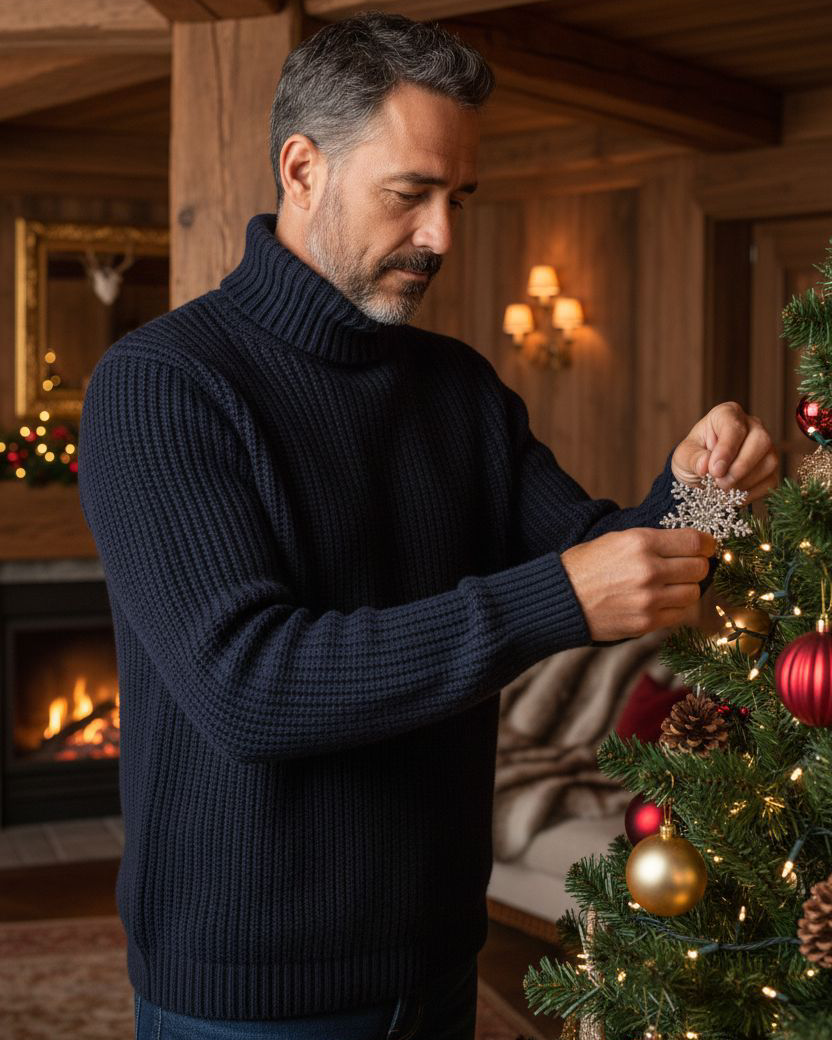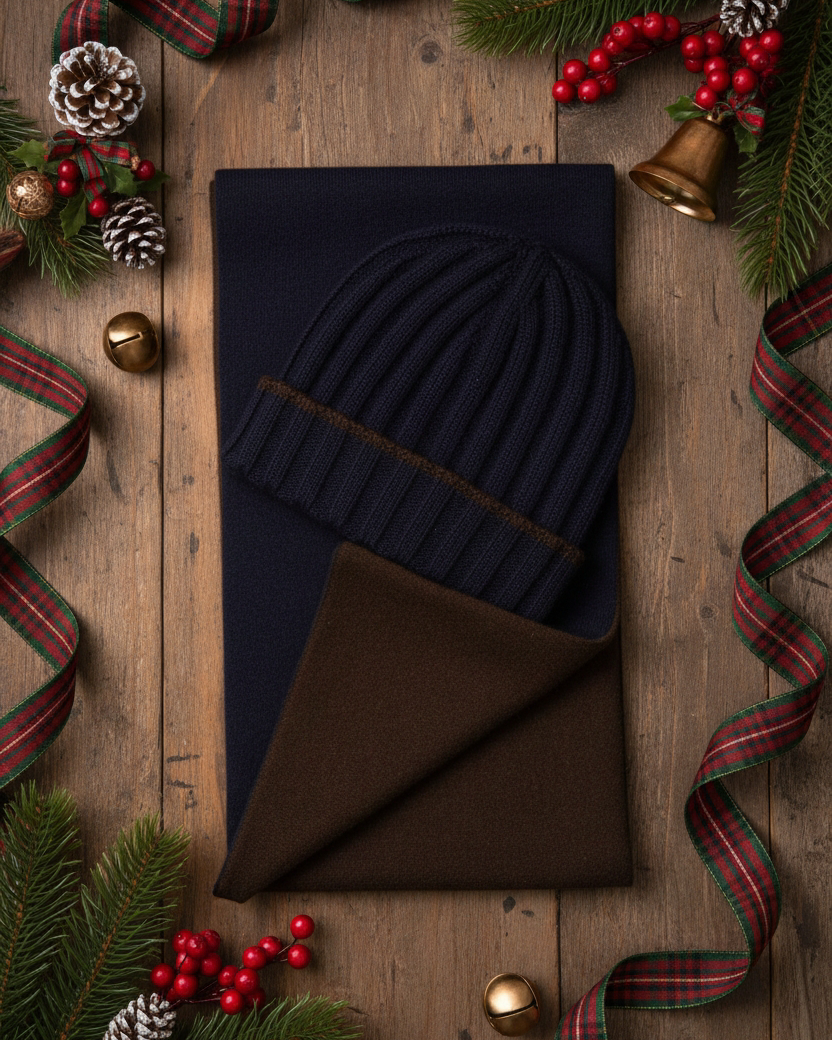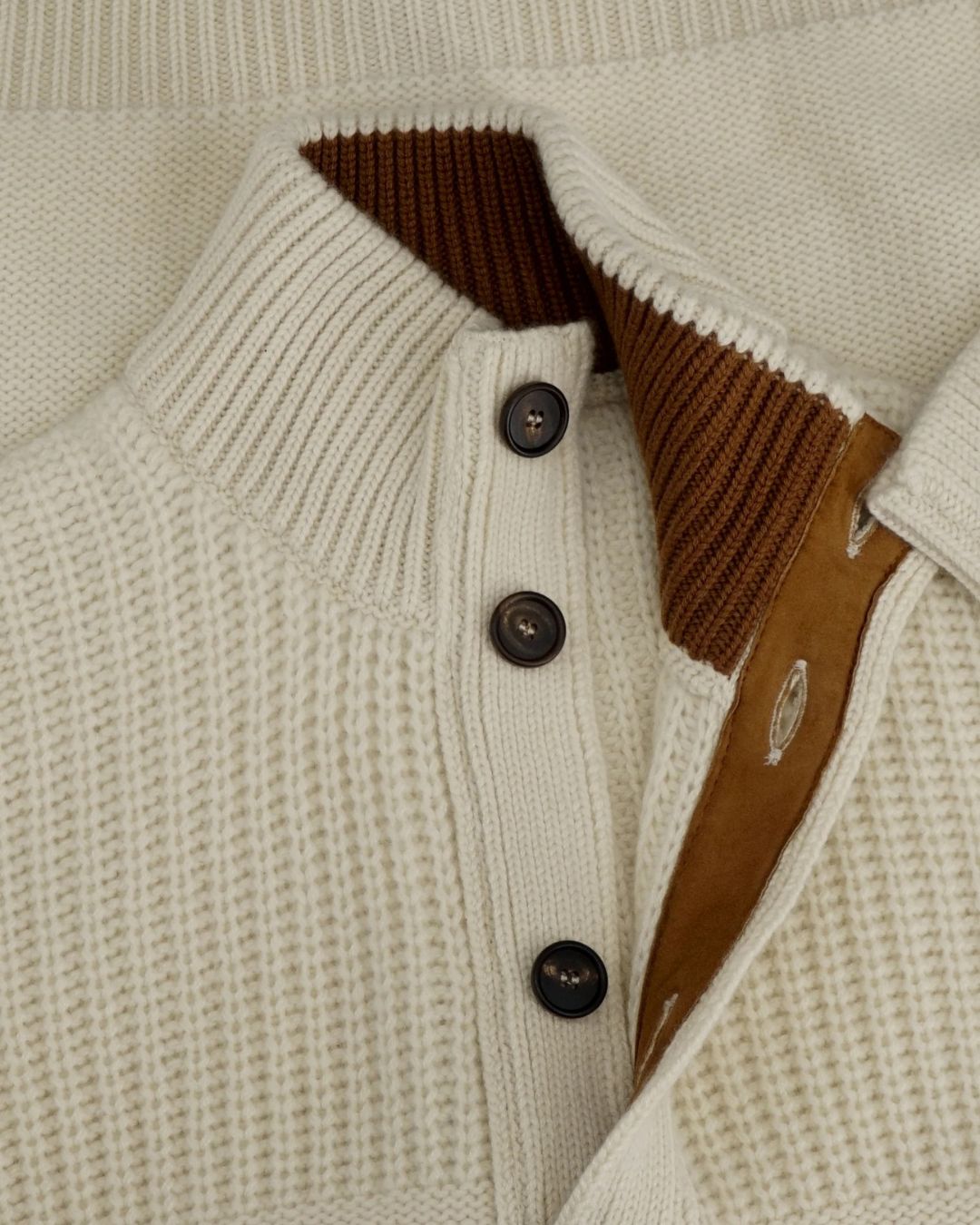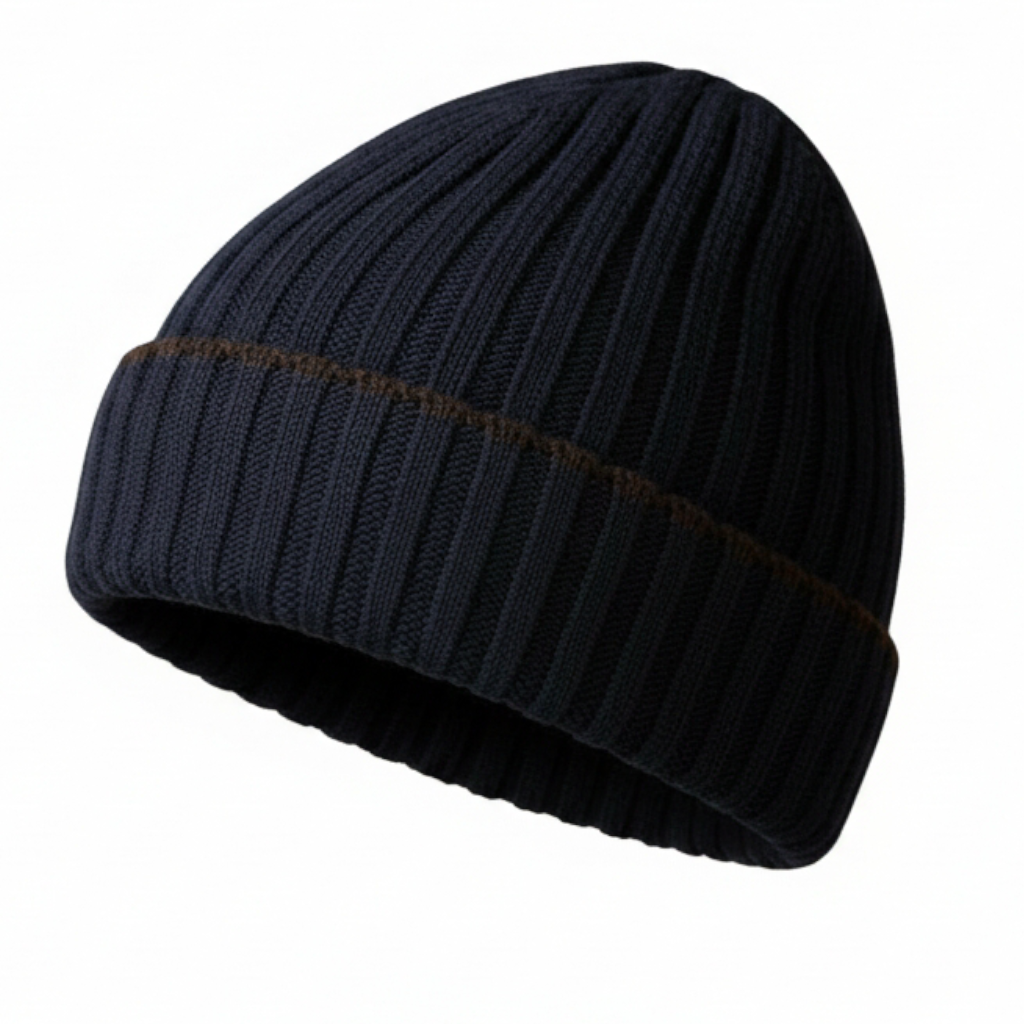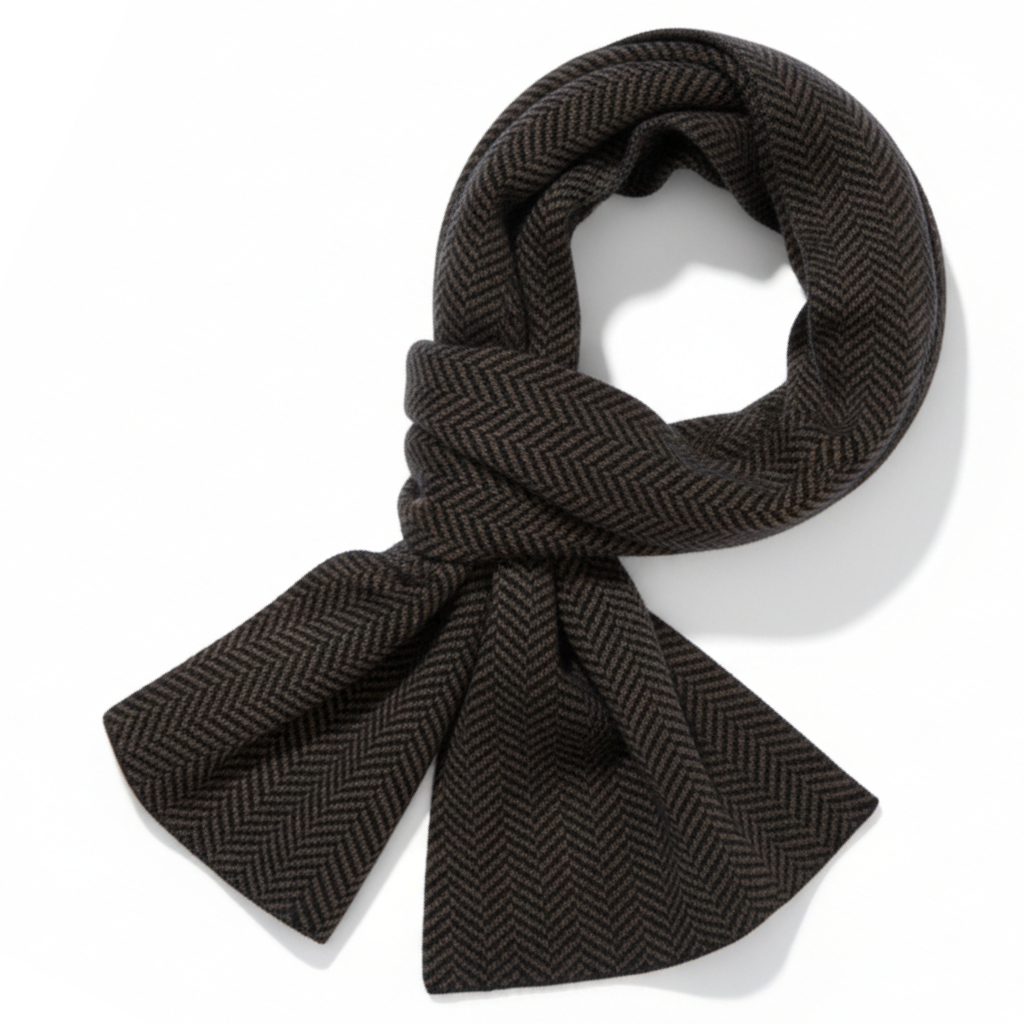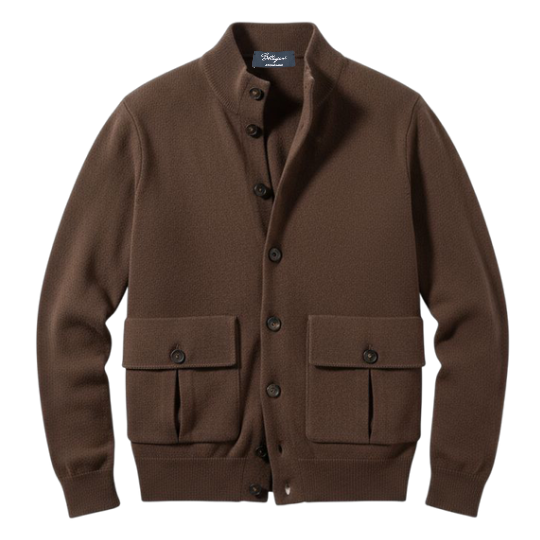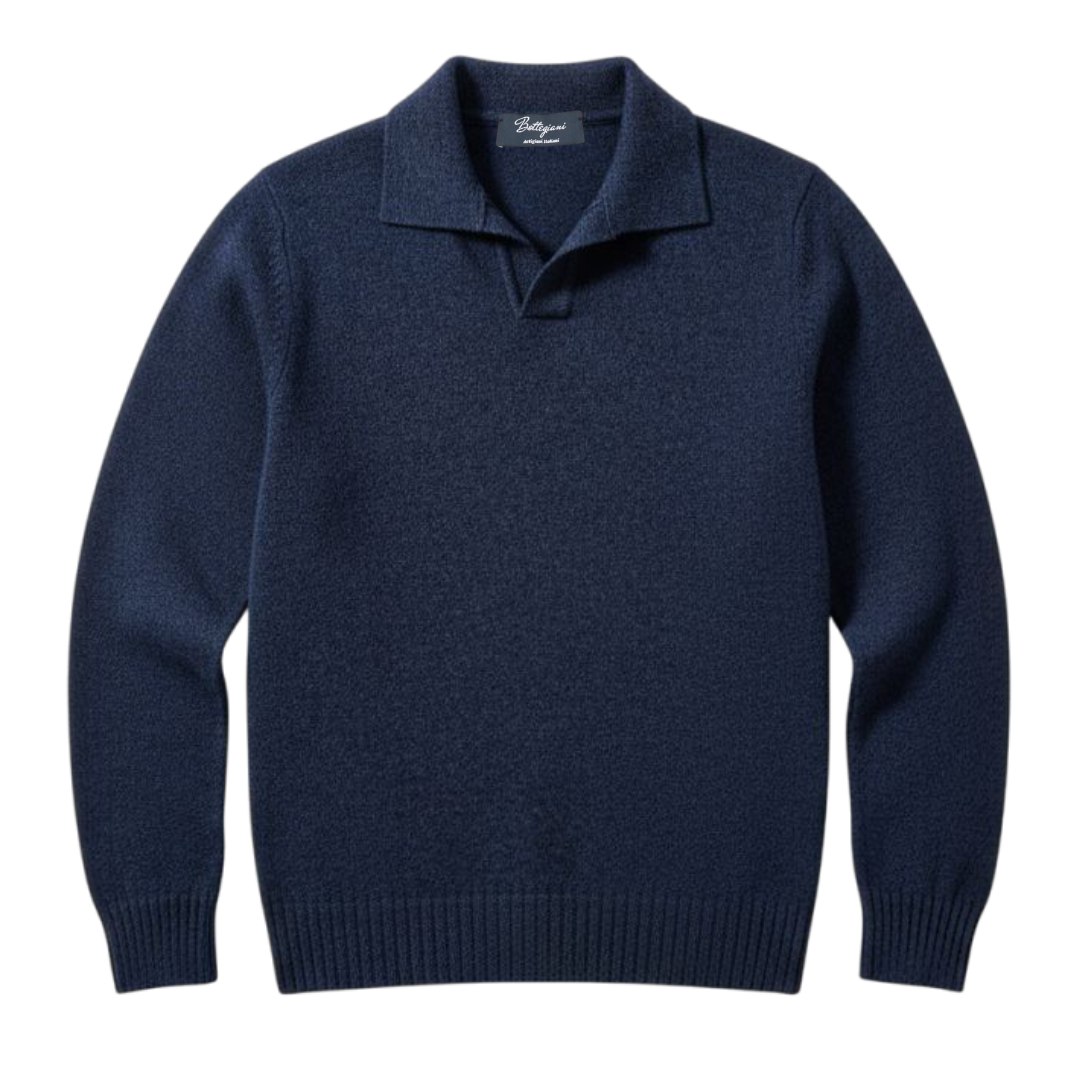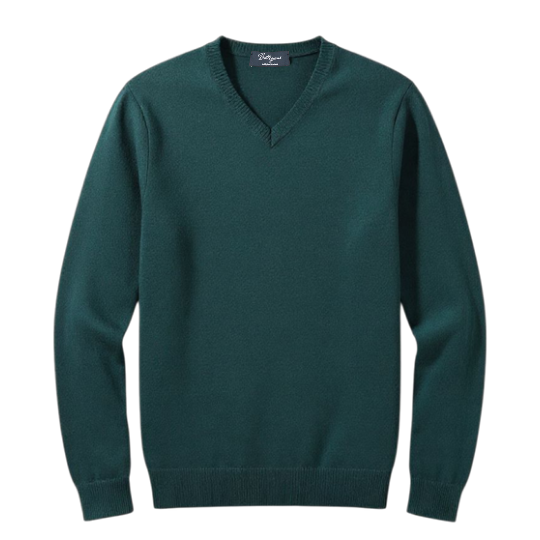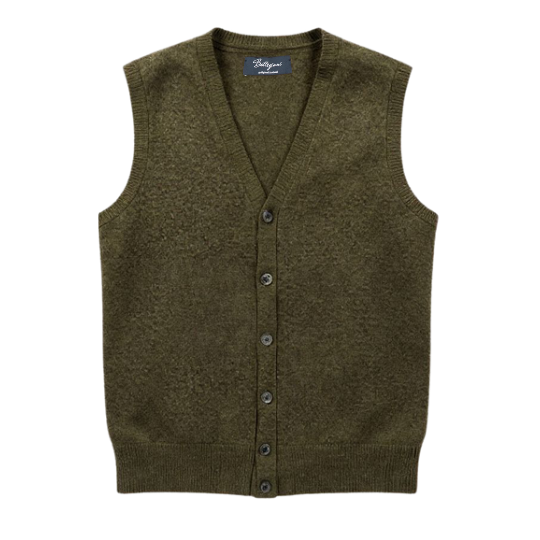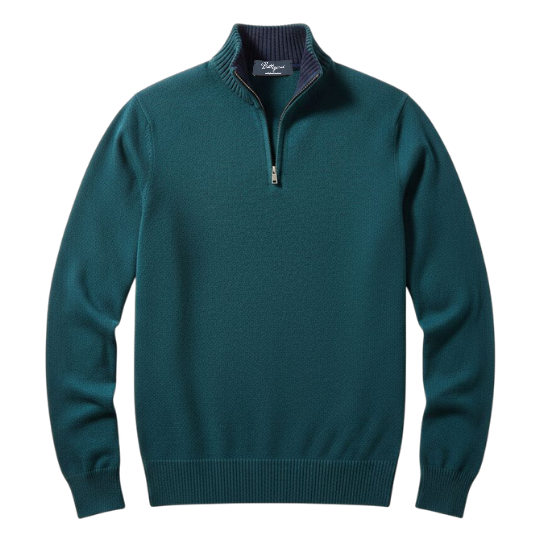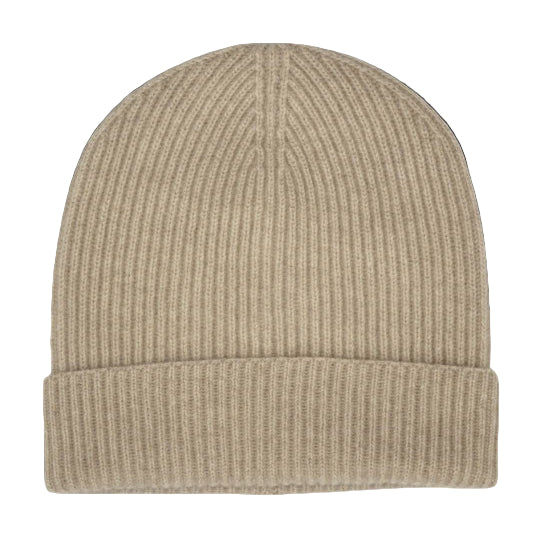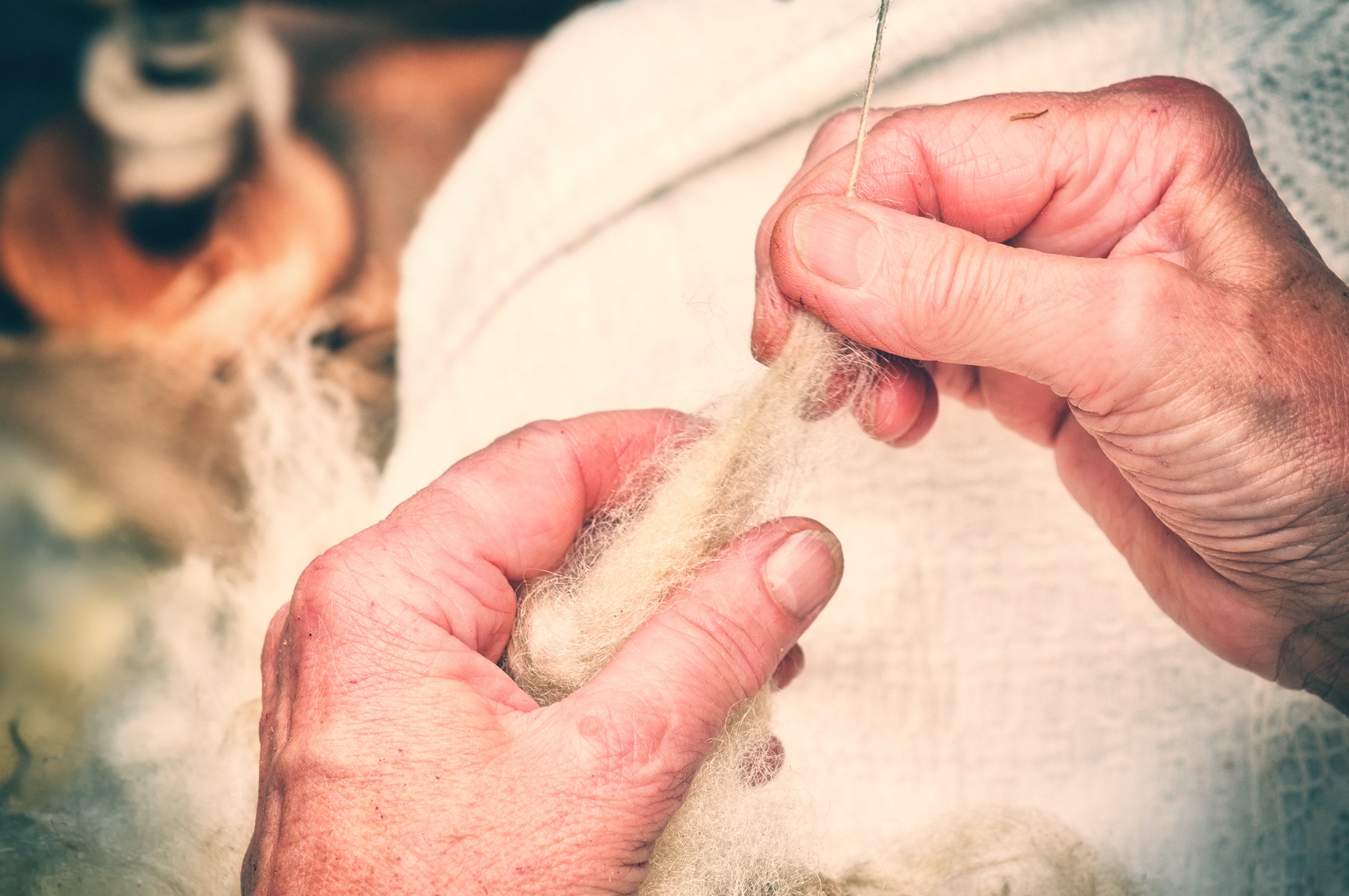
Everything you always wanted to know about cashmere * (* but where afraid to ask)
Cashmere is one of the most precious fibers in the world, in this article we will discover the differences between the various types, we will reveal its properties and give some tips on how to take care of your cashmere garments so that they last over time.
So many prices on the market why?
By now cashmere is a commonly used word, and many brands tend, at times, to generalize, calling, improperly, “cashmere” even poor blends composed partly of cashmere, but in other part of natural and non-natural fibers. In this case, the final product is certainly cheaper, but the quality is much lower and more prone to pilling. Our advice is to always look at the composition label.
 |
Even when we talk about 100% cashmere, we must, however, make some distinctions, because in the world there are many types of cashmere that differ in origin, quality and properties. The quality of cashmere is defined based on the origin, length, fineness and color of the fibers, the best cashmere can cost even three times as much as the poorest one. |

Not all goats are the same
Cashmere is the underfleece of the Capra hircus, which acts as an insulating layer to protect the animal from thermal excursions between day and night, which is why the best cashmere comes from the desert of China and the highlands of Mongolia, where the temperature changes are greater.
 |
The fibers of the goats living in these regions are characterized by very white, long and fine fibers that differ greatly from the poorer cashmere, Iranian or Afghan, characterized by short and dark fibers. In spring, when the climate becomes milder, the shepherds take the cashmere from the undercoat of the goats, using a delicate combing process that is totally harmless to the animals. Only 150 grams of fiber are obtained from each goat and about 4 goats are needed to make a medium weight sweater, which is why quality cashmere is so precious. |
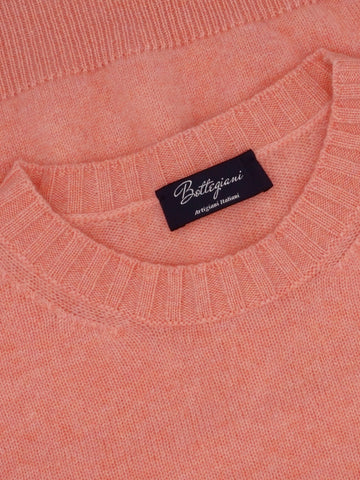
Quality cashmere can also be worn in summer
Cashmere has the natural characteristic of maintaining body temperature, precisely because, as we have said, it comes from the underfleece of the goat, which protects the animal from temperature fluctuations. The finer the fiber, the greater its insulating power.
Bottegiani buys cashmere only and exclusively from the best Italian spinning mills, and the exceptional fineness of the raw material makes Bottegiani garments perfect all year round, not only in winter, but also on the most sparkling summer evenings.
The pilling
It is a superficial surplus of fibers, which, due to mechanical rubbing and electrostatic electricity, detach from the surface and aggregate forming fluff. Pilling also affects the finest cashmere, however in the latter it should happen much less than with cheaper alternatives (where the fibers are much shorter) and often a few washes are enough to stop it.
 |
In the weaving phase, Bottegiani uses a greater amount of cashmere than usual, creating very dense knits, to try to avoid or minimize the pilling effect. |
Some tips for the care of your cashmere garment
|
 |



